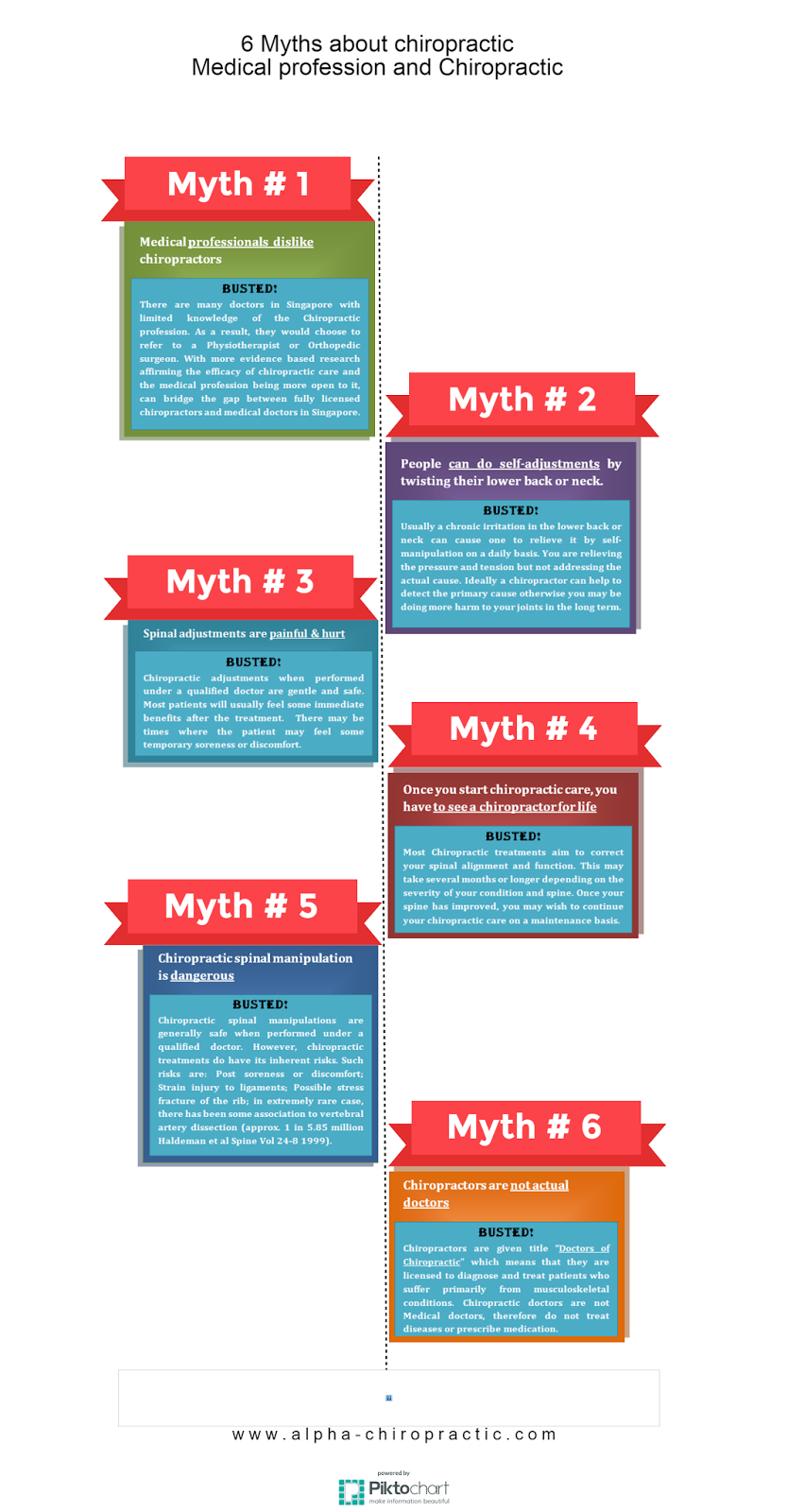Check Out The Unique Advantages Of Acupuncture As We Compare It With Typical Discomfort Administration Techniques You May Currently Be Aware Of. What Might Catch You Off-Guard?
Check Out The Unique Advantages Of Acupuncture As We Compare It With Typical Discomfort Administration Techniques You May Currently Be Aware Of. What Might Catch You Off-Guard?
Blog Article
Article By-Guldager Jessen
When you consider pain monitoring choices, you may find yourself considering the benefits and drawbacks of different methods, including acupuncture, over-the-counter medicines, and physical treatment. While several strategies supply relief, they commonly include their very own collection of obstacles, like side effects or lengthy treatment times. Acupuncture stands apart for its one-of-a-kind capacity to advertise self-regulation with fewer risks. But how does its efficiency compare to even more traditional techniques? The nuances of these strategies can significantly impact your choices, and exploring them better could lead to surprising insights.
Introduction of Pain Administration Techniques
When it involves managing discomfort, you have a range of strategies available. These techniques can vary from conventional approaches to much more alternate treatments. Understanding your alternatives is crucial in locating what functions finest for you.
One typical method is non-prescription medications like ibuprofen or acetaminophen, which can supply fast relief for mild to modest discomfort. Prescription medications, including opioids, could be required for extra extreme pain, though they come with risks of reliance and negative effects.
Physical treatment is one more effective strategy, focusing on exercises and stretches to strengthen muscle mass and improve movement. This approach commonly assists in taking care of persistent pain conditions.
Furthermore, some people turn to even more holistic options, such as massage treatment, which can alleviate stress and enhance circulation.
Mind-body techniques, like mindfulness meditation or yoga, help you manage pain by lowering stress and anxiety and improving your psychological durability.
Finally, lifestyle modifications, such as preserving a healthy and balanced diet and regular workout, can play a vital role in total discomfort administration. Each strategy has its advantages and disadvantages, so it's essential to discover what fits your needs and choices best.
Advantages of Acupuncture
Acupuncture provides a distinct technique to discomfort monitoring that stands apart amongst numerous strategies. By targeting specific factors on your body, it stimulates the flow of power, or "qi," advertising all-natural recovery and reducing pain.
Among the biggest advantages is its very little negative effects. Unlike some medications, which can lead to reliance or undesirable health and wellness concerns, acupuncture is an alternative therapy that motivates your body's self-regulation.
You'll likely find that acupuncture sessions can assist eliminate chronic discomfort, headaches, and also stress and anxiety. Lots of people experience a sense of leisure and health throughout and after treatment, which can improve overall lifestyle.
And also, it's a versatile option; it can be used together with other therapies, making it an excellent enhance to your existing discomfort monitoring plan.
Another considerable benefit is that acupuncture can be tailored to your particular requirements. Your professional will analyze your condition and develop a customized treatment plan, guaranteeing you get the care that best supports your healing.
With its ancient origins and expanding acceptance in modern-day medication, acupuncture stands out as an engaging choice for pain relief.
Comparing Performance and Outcomes
Discomfort administration techniques vary extensively in their effectiveness and end results, making it crucial to understand exactly how they stack up against each other. When taking into consideration options like acupuncture, physical treatment, and medicine, you'll discover distinct distinctions in just how each approach addresses pain.
Acupuncture, for example, usually gives alleviation for persistent discomfort problems, with research studies showing considerable enhancements hurting levels for many clients.
On the other hand, medications like opioids can efficiently manage acute pain however bring risks of reliance and side effects.
Physical therapy concentrates on rehab and might take longer to show outcomes, which can be frustrating if you need prompt alleviation.
When assessing these strategies, consider your particular discomfort type and your individual health goals. Some individuals locate that a mix of approaches functions best for them.
For example, you could gain from acupuncture sessions alongside physical treatment to optimize recovery.
Inevitably, recognizing the efficiency and results of each technique will help you make educated choices about your discomfort monitoring strategy, allowing you to choose the method that best fits your requirements and lifestyle.
Final thought
In summary, acupuncture attracts attention as a beneficial option to standard pain administration methods. It provides fast relief and fosters self-regulation without the dangers of dependency related to medicines. While recommended might demand more time for outcomes, acupuncture can give instant benefits, making it an appealing option for those looking for remedy for chronic discomfort and stress. By incorporating mouse click the next web page into your discomfort monitoring strategy, you can improve your total well-being and redeem control over your health.
